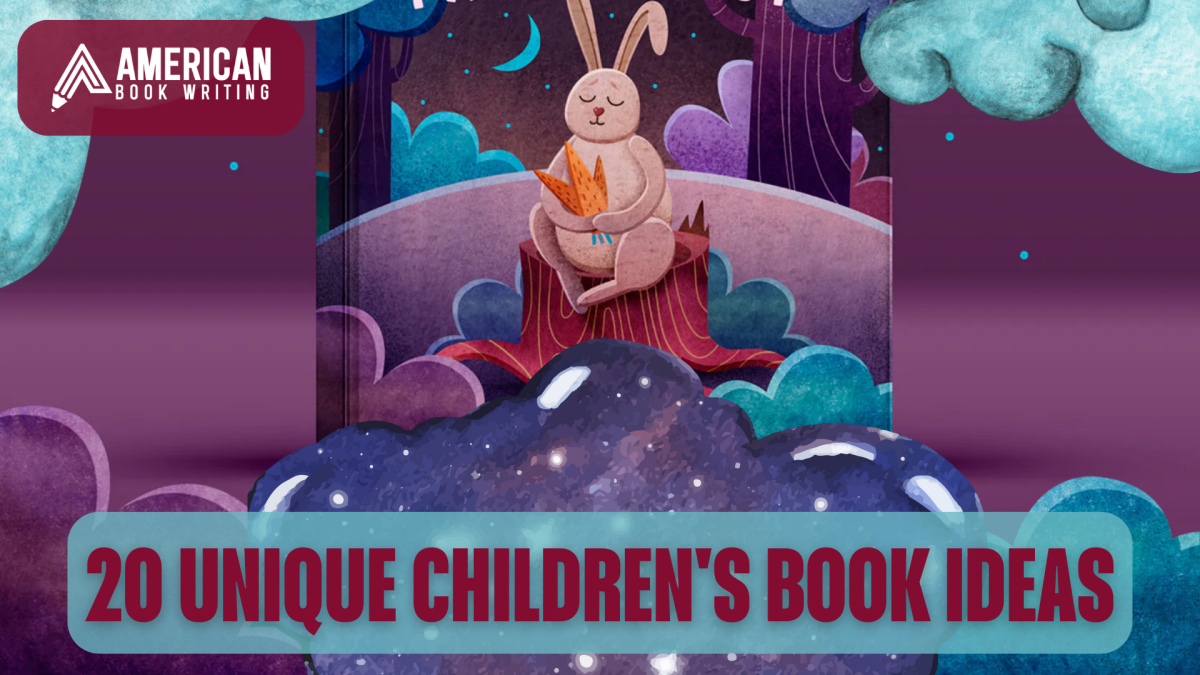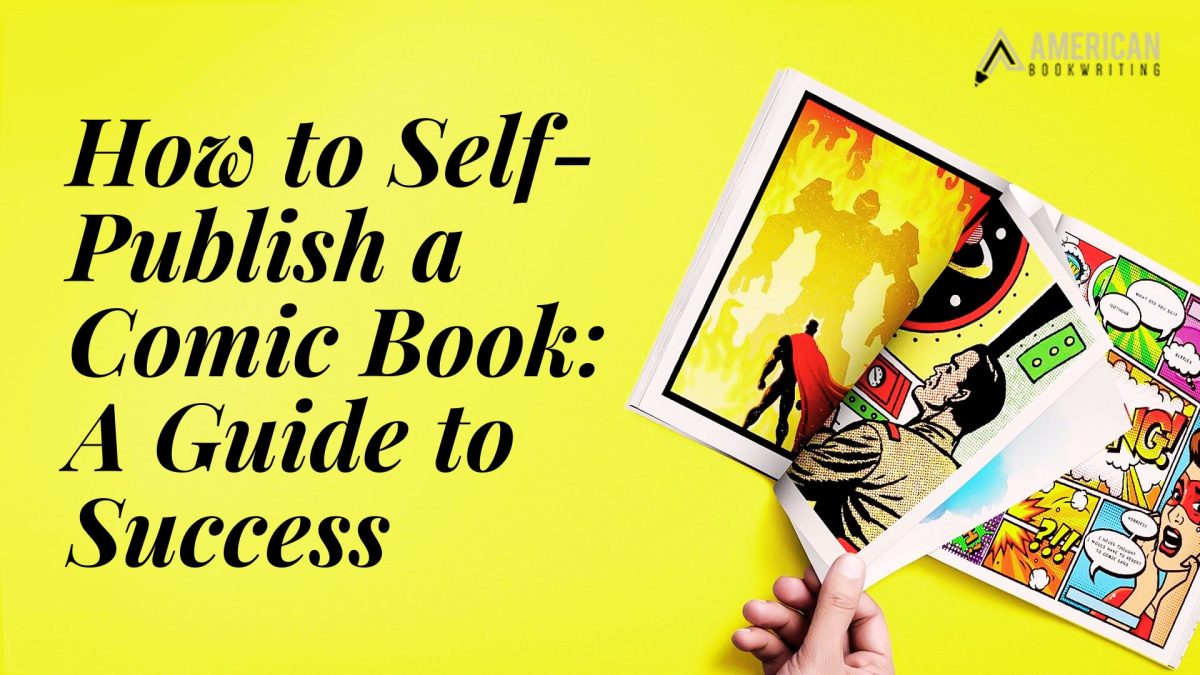Children Book
Press The Play Button On The Audio To Listen Complete Article!
In a world full of technology, children’s books play a crucial role in helping kids be more creative. This article explores 20 children’s book ideas. These book ideas are not just for fun; they spark creativity in young minds.
What Is a Children’s Book?
A children’s book is a special kind of book made for kids. These books are meant to be interesting and helpful for children. There are many types of children’s books, like picture books for little kids, chapter books for older kids, and stories for teenagers.
Children’s books have words and pictures that match what kids like and can understand. They help kids learn to read and also make reading fun. Some books are for babies, some for preschoolers, and others for older kids and teens. No matter the type, these books are important for making kids enjoy reading and learning from an early age.
Children’s Book Age Range
Children’s picture books are usually made for kids aged 3 to 7. It’s important that kids can see themselves or their friends in these books. While some successful picture books focus on adults, most have main characters who are either 7 or 8 years old or animals, often young animals.
Children’s book writers should be aware of the target age range for their books before starting the writing process. Understanding the appropriate age group helps craft content, themes, and language that resonate with and cater to the developmental needs and interests of the intended readers.
For other types of children’s books:
- Board Books: The main characters can be anything for kids aged 1 to 3.
- Decodable books: The main characters can be anything for kids aged 4 to 8.
- Early reader books: The main characters can be anything for kids aged 6 to 8.
- Early chapter books: For kids aged 6 to 8, the main characters are usually 6 to 8.
- Chapter books: For kids aged 7 to 10, the main characters are typically 8 to 10.
- Middle grade: For kids aged 8 to 12, the main characters are usually 8 to 12.
- Young adult: For kids 12 and older, the main characters are usually 13 or older, often around 15.
20 Unique Children’s Book Ideas
Here are the 20 unique children’s book ideas
1. Planet of the Talking Animals:
Explore a distant planet where animals can talk, sharing wisdom and humor. Join them on epic quests that showcase the power of friendship and teamwork, making learning fun in an imaginative world of furry friends.
2. The Time-Traveling Treehouse:
Join a group of friends with a magical treehouse that transports them through time. Encounter historical figures and events, making learning about the past an exciting adventure filled with friendship and discovery.
3. Rainbow Dreams and the Color Collector:
Step into a world where dreams have colors, and a special character collects them to create beautiful rainbows. Explore the magic of imagination, showcasing how dreams can turn into vibrant wonders that bring joy to all.
4. The Incredible Shrinking Explorer:
Follow a young explorer who discovers a mysterious potion that makes them shrink, unlocking a world of miniaturized adventures. Learn about bravery and curiosity as the explorer navigates challenges in a magically downsized world.
5. The Magic Paintbrush Adventures:
Embark on thrilling journeys with a young artist whose enchanted paintbrush magically brings their drawings to life, paving the way for exciting and unexpected adventures filled with wonder and creativity.
6. Whimsical Wonders in Whistlestop Village:
Visit a quirky village where each resident possesses a unique talent or ability. Dig into a tapestry of whimsical wonders that celebrate diversity and showcase the magic within every individual.
7. The Starlight Symphony:
Explore a magical land where stars in the sky represent musical notes. Join characters on a quest to create the perfect symphony, celebrating the harmony of friendship and the enchanting power of music.
8. The Misadventures of Professor Gizmo’s Contraptions:
Join the eccentric Professor Gizmo on misadventures with his wacky inventions. Experience laughter and excitement as the unpredictable contraptions lead to humorous and heartwarming situations.
9. The Enchanted Bookworm:
Meet a naughty bookworm escaping from library books, leading characters on literary escapades in different genres. Discover the joy of reading and the magic stories can bring to life.
10. Moonbeam Meadow and the Giggling Flowers:
Enter a meadow where flowers giggle and play, spreading joy to all who visit. Learn about the beauty of nature and the contagious laughter that blooms in the enchanting Moonbeam Meadow.
11. The Puzzle Planet Challenge:
Join intergalactic friends on a quest to solve puzzles and challenges on a planet filled with mind-bending enigmas. Explore the importance of teamwork and problem-solving in this cosmic adventure.
12. The Secret Language of Whispers:
Follow the adventures of a child who discovers they can understand the language of whispers, unveiling a world of secrets and surprises. Learn about the magic of listening and the power of understanding others.
13. The Cloud Travelers:
Start a journey with characters riding magical clouds, exploring different lands and meeting cloud creatures. Discover the wonders of imagination and the beauty that unfolds high above the sky.
14. The Laughing Lighthouse:
Visit a lighthouse where the light’s laughter keeps ships safe. Solve riddles to maintain the laughter, showcasing the importance of wit and cleverness in this whimsical and nautical adventure.
15. The Forest of Imagination:
Enter a mystical forest where each tree holds a different story. Navigate through the tales to find your way home, celebrating the enchanting power of storytelling and imagination.
16. The Galactic Games:
Join an intergalactic sports competition where aliens showcase unique athletic abilities. Celebrate diversity and sportsmanship in this cosmic tournament of skill and friendship.
17. The Dandelion Wish Factory:
Discover a whimsical factory where dandelions are transformed into wishes. Learn the importance of spreading kindness as characters explore the magical process of turning simple flowers into dreams.
18. The Potion-Making Pixies:
Discover a world of mischievous pixies creating potions with unexpected results. Experience humor and heartwarming situations as characters navigate the whimsical outcomes of magical concoctions.
19. The Musical Cloud Circus:
Attend a circus in the sky where clouds perform incredible musical acts. Experience joy and harmony as the characters witness the magical performances that unfold in this whimsical cloud circus.
20. The Dragon Dentist:
Follow the adventures of a brave child who befriends a dragon and becomes the official dentist for magical creatures. Learn about friendship, courage, and the importance of caring for others in this enchanting land of mythical beings.
These are the best children’s book ideas to create a children’s book. You can also seek assistance from local book publishers near me to discover the best children’s book ideas.
Characteristics of Exceptional Children’s Books
Exceptional children’s books share several key characteristics:
Captivating Narratives:
These books have engaging and interesting stories that capture the imagination of young readers, taking them on exciting adventures.
Inclusive Characters:
Exceptional children’s books feature diverse characters representing various backgrounds and experiences. This inclusivity helps children relate to the stories and promotes a sense of diversity and acceptance.
Interactive Features:
Beyond simple text, these books include interactive elements such as lift-the-flap surprises or tactile textures. These features make the reading experience more dynamic and keep children actively involved.
Educational Elements:
While providing entertainment, exceptional children’s books also offer valuable lessons. They contribute to a child’s development by sparking intellectual curiosity and enjoyably imparting knowledge.
Children’s Book Page Count
In children’s books, especially picture books, page count is crucial. Picture books typically have 32 pages, including the title and copyright pages. This standard helps authors adhere to industry norms. While novels and board books can vary in length, picture books generally stick to this 32-page format. It’s a good guideline to remember while writing to ensure your story fits within these parameters.
For other types of children’s books, the page count can vary:
- Board Book: 5 to 12 spreads (covers count as 1 spread each).
- Decodable Books: Length varies.
- Early Reader Books: 32 pages.
- Early Chapter Books: 48 or 64 pages.
- Chapter Books: 64, 80, or 96 pages.
- Middle Grade: 128 pages and above.
- Young Adult (YA): 256 pages and above.
Children’s Book Vocabulary
When using vocabulary in children’s books, it’s essential to consider their understanding and reading ability. While introducing big words is okay, providing enough context for the child to grasp their meaning is crucial. Simply using complex words without context can be frustrating for young readers. Remember the audience—picture books are often read to children, allowing for more advanced words. In contrast, children read early readers and chapter books, so consider their reading capabilities and learning journey.
Children’s Book Plot
To write a children’s book, developing a compelling plot is crucial. When crafting a plot for a children’s book, consider the child’s life experiences.
A six-year-old, for example, might not understand the challenges of a high school student or financial worries. They have limited life experiences and a narrower understanding of the world, but they have expansive imaginations. That’s why the best children’s books often revolve around something the child encounters every day or a familiar play pattern, with mystery books for kids being just one example.
Regardless of the book’s type, it’s crucial to have engaging characters and a plot that keeps moving forward, with a clear rising action and climax. The Rule of Three, a storytelling principle, can also be beneficial in creating a compelling story. However, the key is ensuring the plot is relatable to the young reader.
Choose a theme or scenario that resonates with their daily experiences or taps into their vivid imaginations. The possibilities are endless, but the key is to create a plot that your young reader can genuinely connect with. Also, use different children’s book illustration styles to engage readers.
How to Market a Children’s Book?
Hire a book trailer service to promote a children’s book to showcase colorful illustrations and a fun storyline. Utilize a book marketing service to boost online visibility, connect with parents and educators, and generate excitement. Engage social media platforms, schools, and libraries to reach a wider audience.
Conclusion
As we discover these 20 children’s book ideas, you can see how storytelling has endless possibilities for sparking creativity. Each idea has the potential to take young readers to magical places, inspire imagination, and share important life lessons delightfully and enjoyably.




